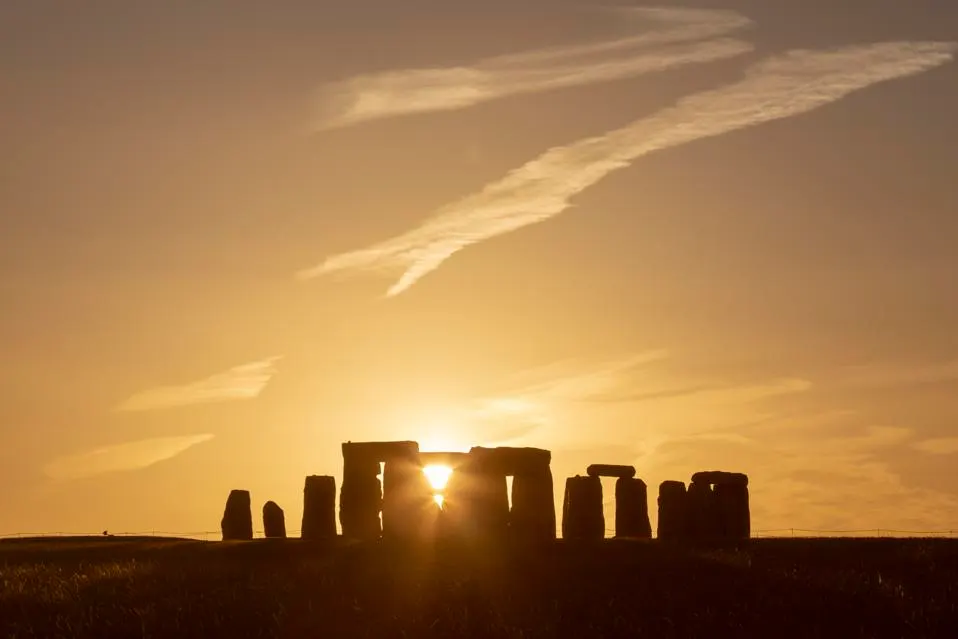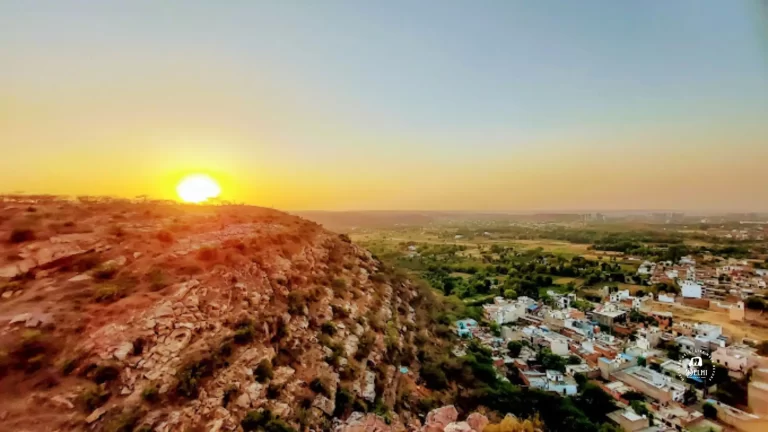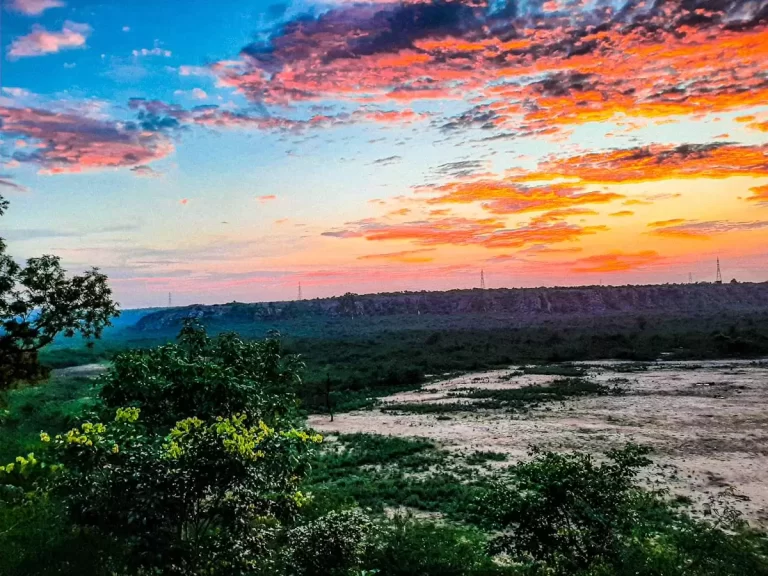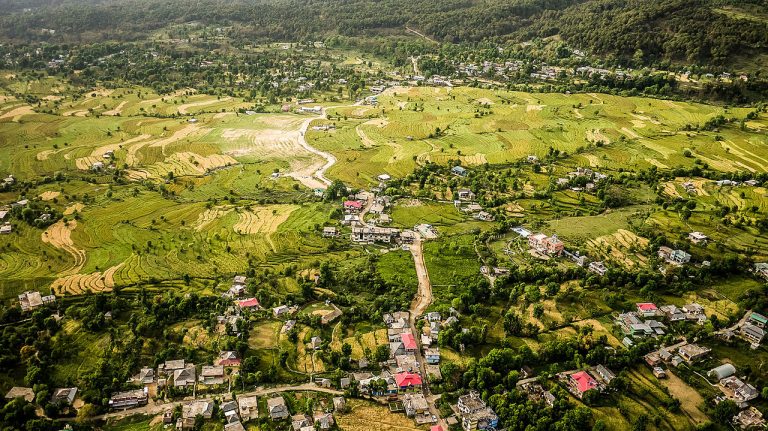The summer solstice is one of those days in which the pure, mechanical beauty of the workings of our solar system is revealed in full. The tilt of Earth’s axis points more directly at the Sun than at any other time in the year; hence, it is the longest day of the year.
Cultures from all over the world keep ancient customs befitting festivities of light and fertility because, at this time, the Northern Hemisphere gets to enjoy daylight for a longer period.
Understanding the summer solstice requires an examination of the intricate dance between
the Earth and the Sun. Most importantly, it is the tilt of Earth’s axis that will determine how much of the Sun’s light finally manages to reach Earth, something that changes across the year, and therefore, causes the seasonal change from bloom through to coldness.
Leap Year Phenomena: A Rare Astrological Alignment
An added wrinkle in this year’s early summer solstice: it comes with one of the phenomena that happen every four years to slightly synchronize the calendar year with the solar year. The leap year carries an additional day within February, which little by little shifts equinoxes and solstices through time.
This year’s early solstice is a relatively rare event and a true testimony to the amount of accuracy that is required in the calendar-making process.
The leap years consume or correct such small discrepancies for the calendar not to drift far from Earth’s orbit around the Sun, but with time, even those small discrepancies accumulate and finally bring important shifts, like the one we witnessed this year.
Historical Perspective on Solstice Timing Variability
There has been a special ceremonial significance around the timing of the summer solstice throughout the history of time. Huge monuments, perhaps built for this very purpose, such as Stonehenge, would have let their contemporaries know the passage of time and how close they were to the solstices.
These shifts in solstice timing have also applied to agriculture, where farmers would have used the patterns of the sun to gauge when to sow and when to reap. Very early this year, the solstice strikes again, reminding us that our celestial calendar is ever-changing.
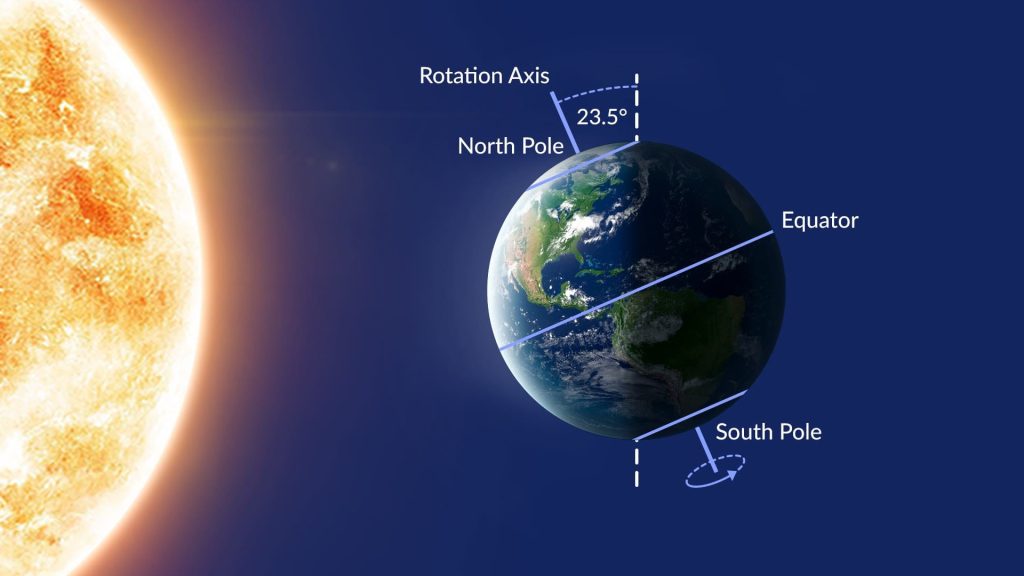
Watching the Sky: What’s Next After the Early Summer Solstice
Several other important astronomical events follow soon after the start of the summer. The Perseid meteor shower typically follows the solstice and presents an attention-grabbing display of falling stars, darting across the skies like a meteor, in August.
Then there are particularly good opportunities for viewing, including planetary alignments and the phase of the moon. This time, both of these phenomena lie particularly well and naturally for being seen clearly and with great ease.
Global Impact: How Early Summer Solstice Affects Seasons and Cultures
Continuing from the previous point, the early summer solstice has global implications for the duration in number of days and a change in season. It is a time of celebration for the cultures of the world, where from time immemorial, the sun has been believed to be the giver of life.
An early solstice in agriculture could signify crop cycles and growing seasons, which would impact harvests and, thus food supplies. This can be taken as a poignant reminder of our connection with the natural world and Earthly rhythms.
Best place to catch the summer solstice sunrise
Those who desire to witness the beauty of the summer solstice sunrise can find no better places than these solstial-aligned locations. This is the reason why so many people have travelled to sites such as Stonehenge to view this, but this can be witnessed from virtually any open area with a clear view of the eastern horizon.
Independent parks, high places, and even beaches are perfect places to observe the earliest sunrise in the world. The best thing is to find a place without obstruction due to buildings or natural features, which would hide the view of the horizon.
For anyone wondering about the best locations to see the sunrise nationwide, the top 10 are below:
- Lake Tahoe, Nevada
- Arches National Park, Utah
- Grand Canyon National Park, Arizona
- Stone Mountain Park, Georgia
- Key West, Florida
- Everglades National Park, Florida
- Adirondack Mountains, New York
- Sedona, Arizona
- Maroon Bells, Colorado
- Cannon Beach, Oregon
In conclusion, This very early summer solstice enables us to witness something rare under the clockwork of our solar system. From now on, we treat the longest day and the historical significance of solstice timing variability with a deeper realization of being connected to the natural world.
This series of upcoming astronomical events and rare seeing opportunities will give the public even more opportunities to gaze upon the beauty and wonder of the cosmos. So, as you rise with the summer solstice sun at a historic site or perhaps in your local park, bask in this magical time of the celestial event and explore the intriguing world of astronomy.

